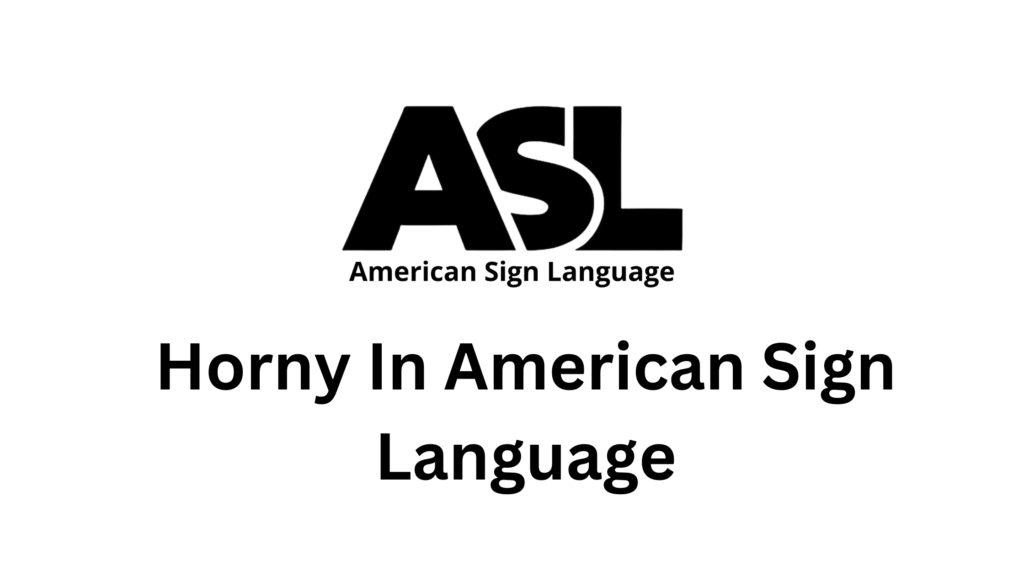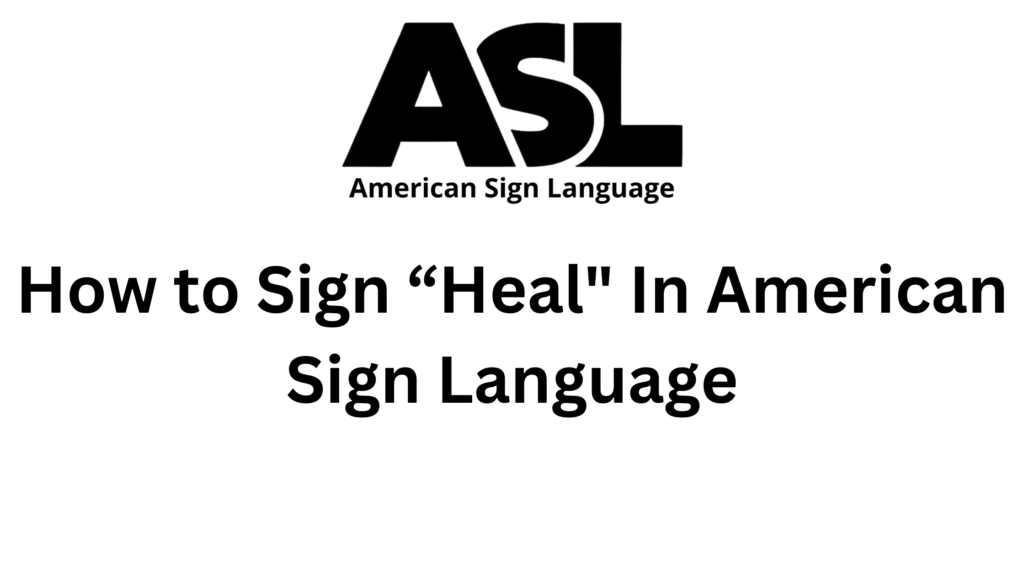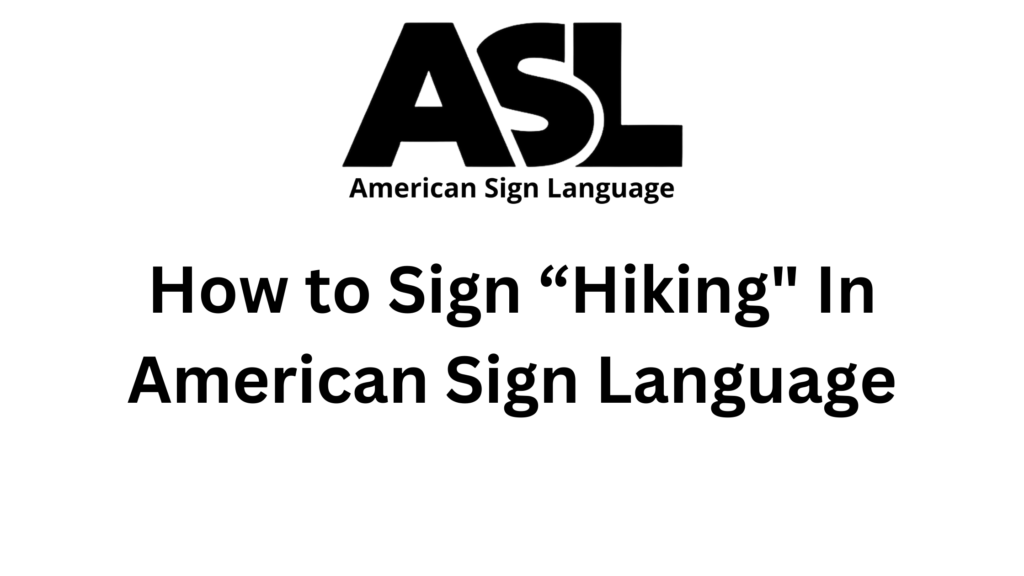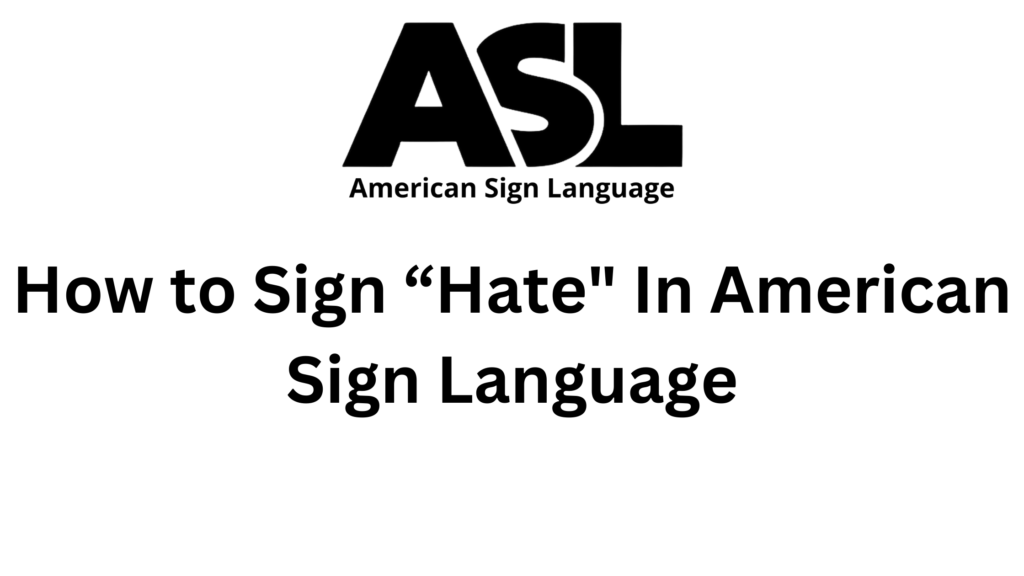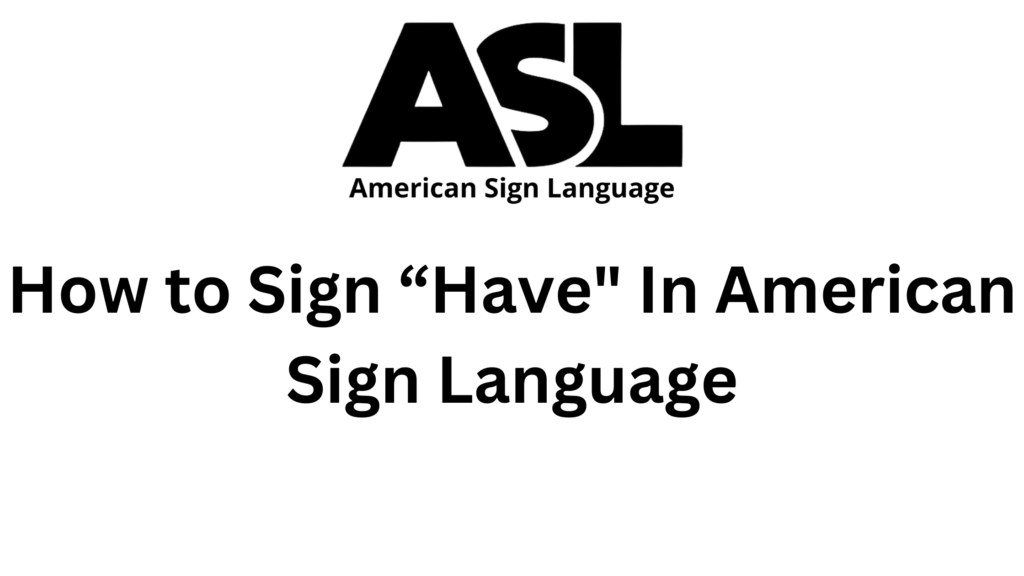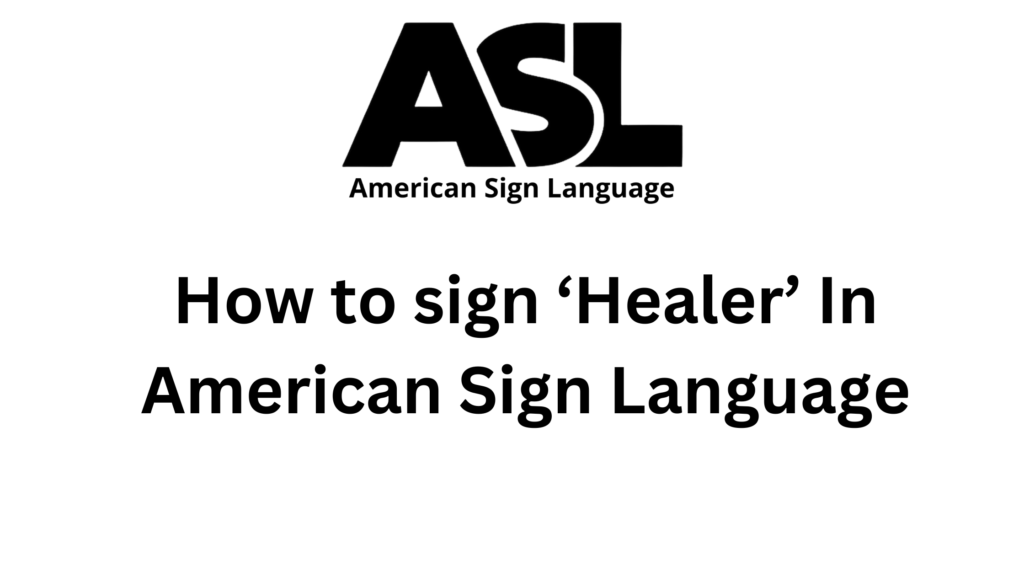Introduction to “Had” in ASL
American Sign Language (ASL) is a vibrant and expressive language used by the Deaf community across the United States and Canada. Learning ASL opens up new ways to communicate and connect with others. One essential word in any language is “had.” This word is used to talk about past events or situations. Understanding how to sign “had” in ASL will help you discuss what happened in the past and improve your overall ASL skills.
Basic Handshape and Orientation of “Had”
To sign “had” in ASL, you need to start with the correct handshape and orientation. Here’s how you begin:
- Handshape: Use a flat hand with fingers extended and together, forming a “B” handshape.
- Orientation: Position your hand so that your palm is facing you, and your fingers are pointing upwards.
These basic elements are the foundation of the sign for “had.” Mastering them will help you form the sign correctly.
Step-by-Step Signing Instructions for “Had”
Now that you know the basic handshape and orientation, let’s go through the step-by-step instructions for signing “had.”
- Position Your Hand: Raise your dominant hand to chest level with the palm facing you.
- Movement: Move your hand slightly towards your chest. The movement should be subtle and controlled.
- Ending Position: Your hand should end close to your chest, as if you are holding something near you.
By following these steps, you will be able to sign “had” accurately.
Facial Expressions and Non-Manual Markers for “Had”
In ASL, facial expressions and non-manual markers (NMMs) are crucial for conveying meaning and context. When signing “had,” your facial expression should match the context of your conversation.
- Neutral Expression: Use a neutral facial expression for general statements about the past.
- Questioning Expression: Raise your eyebrows if you are asking a question about something that happened.
- Emphatic Expression: Use a more intense facial expression if you are emphasizing the importance of something that occurred.
These facial expressions help convey the appropriate tone and context of your message, making your signing clearer and more effective.
Common Variations and Regional Differences for “Had” Sign Language
ASL, like any language, can have regional variations. The sign for “had” might differ slightly depending on where you are or who you are talking to.
- Standard Sign: The steps described above are widely accepted.
- Regional Variations: In some regions, people might use a different handshape or movement. For example, some might use a “C” handshape instead of a “B” handshape.
Being aware of these variations can help you better understand and communicate with people from different regions.
Practicing and Politeness for “Had” Sign Language
Practice is key to becoming fluent in ASL. Here are some tips for practicing the sign for “had”:
- Practice Daily: Make it a habit to practice signing “had” every day.
- Use a Mirror: Sign in front of a mirror to check your handshape and facial expressions.
- Sign with Friends: Practice with friends or family members who know ASL.
Being polite in ASL also involves using the correct signs and showing respect for the culture. Always be mindful of your facial expressions and body language.
Using “Had” in Everyday Situations
Knowing how to sign “had” is useful in many everyday situations. Here are a few examples:
- Telling Stories: “I had a great time at the park yesterday.”
- Discussing Past Events: “She had a big test last week.”
- Expressing Regrets: “I had hoped to see you at the party.”
Using the sign for “had” in different contexts helps you become more comfortable and fluent in ASL.
Additional Signs for “Had”
To expand your ASL vocabulary, here are some additional signs related to “had”:
- Have: Use an open “B” handshape and touch your chest with your fingertips.
- Has: Similar to “have,” but often used with a more pronounced movement or in a specific context.
- Was: Use a “W” handshape and move it from the front to the back of your chin.
Learning these additional signs will give you a broader understanding of ASL and make your communication more versatile.
Cultural Considerations of “Had” in ASL
Understanding the culture behind ASL is important. The Deaf community values clear and expressive communication. Here are some cultural tips:
- Respect the Language: Always strive to use ASL correctly and respectfully.
- Engage with the Community: Participate in Deaf events and practice signing “had” and other words with native users.
- Be Patient: Learning a new language takes time. Be patient with yourself and others.
By considering these cultural aspects, you will become a more respectful and effective communicator in ASL.
Conclusion of “Had”
Signing “had” in ASL is a valuable skill that enhances your ability to communicate with the Deaf community. By understanding the basic handshape, orientation, and facial expressions, you can accurately sign “had.” Remember to practice regularly and be mindful of cultural considerations. With dedication and practice, you will become more proficient in ASL.
For more information on learning ASL and other signs, visit our homepage.


